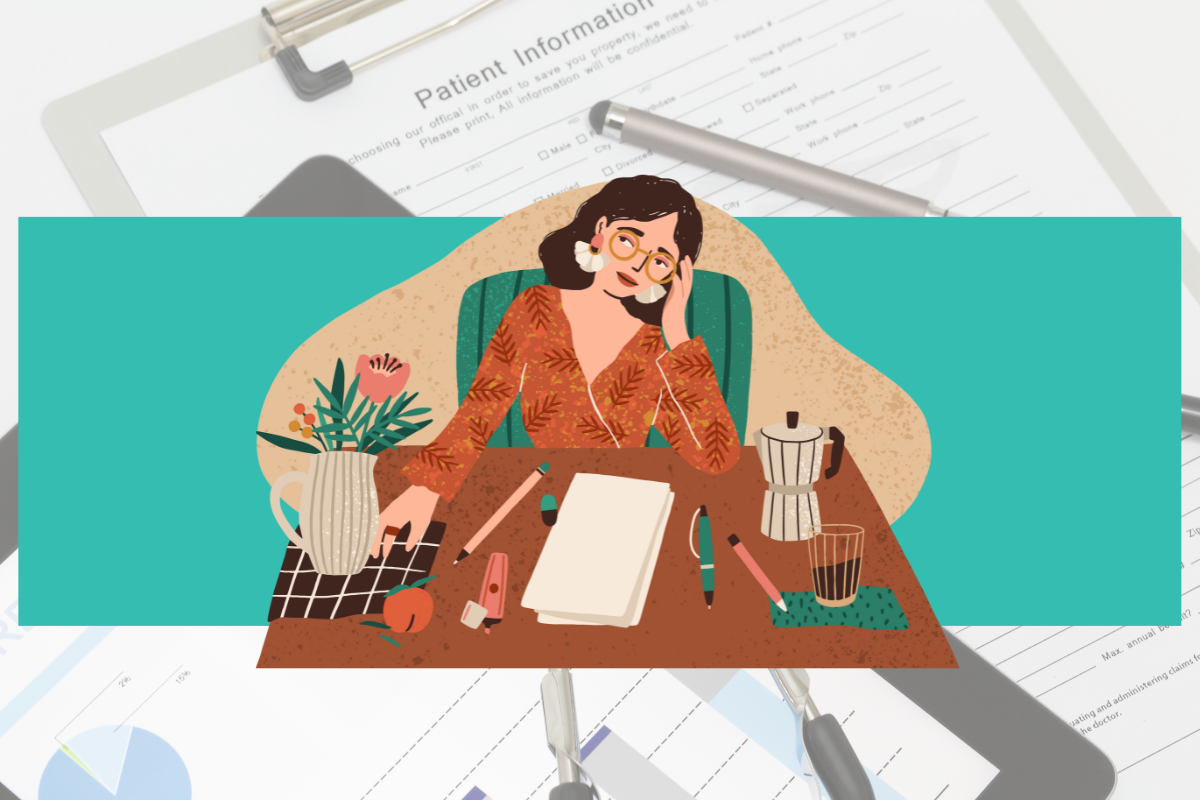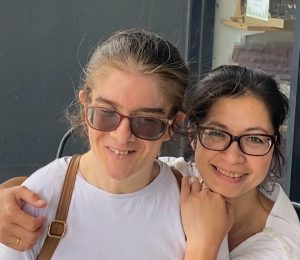An estimated 80% of autistic women are undiagnosed or misdiagnosed.
Women and girls seeking autism diagnoses are speaking up and advocating for appropriate support. They’re re-writing what autism means to build a more inclusive, diverse community.
Our understanding of autism and how it differs from person to person is growing, and the healthcare system needs to catch up.
Many women and girls experience push back when seeking a diagnosis. They’re told that they’re “too social”, “too independent”, “too female” to be autistic.
They don’t fit into the DSM-5 criteria that was defined based on research of young autistic boys.
It’s more likely that autistic women will be diagnosed with a mental health condition than autism or ADHD. The most common misdiagnoses for autistic women are bipolar, BPD, eating and anxiety disorders.
Why is misdiagnosis so common for autistic women and girls?
Medical Misogyny
Medical misogyny is a term used to explain prejudice against women and girls when seeking healthcare. In the 1900s, the term “hysteria” was used to label women who sought help but were not believed.
In the last 50 years, our understanding of women’s health has developed, and diagnoses of “hysteria” have been left behind. However the dismissal and minimisation women’s medical concerns is still rampant.
Camouflaging/Masking
Other reasons may include an autistic person’s ability to camouflage and hide their autistic traits. Camouflaging, or masking, is often learned at a young age as a reaction to negative social experiences.
It’s a survival tactic to avoid being misunderstood, bullied, or patronised for being different.
Women and girls are more likely to successfully camouflage and internalise their autistic traits, often without their own awareness, making it harder to diagnose.
Gendered Socialisation
From a very young age, girls are socialised differently to boys. Girls are expected to be pleasing and docile, to avoid drawing attention to themselves. They receive more criticism for their behaviours. They may find it easier to follow expectations through social repetition and practise.
Women and girls are also more likely to have special interests that fit with gender stereotypes.
For example, young autistic girls may love playing with dolls or drawing fairies, but because they’re seen as gender stereotypes, they’re not considered special interests regardless of intensity.
Co-morbidity
Growing up autistic in a neurotypical world can be traumatising and individuals can develop mental health disorders.
Secondary disorders arising from undiagnosed autism may be confused for a primary diagnosis. This means that people who are showing signs of depression might only be diagnosed with depression, regardless of their autistic traits.
What needs to change to make diagnosis more accessible?
The concept of what an autistic person “looks like” needs to grow, flourish, and expand to include all types of people with varying autistic traits.
Research into autism and neurodiversity needs to include more women and gender-diverse people, as subjects and researchers. Studies need to be conducted by, for and with autistic women and gender-diverse people.
Teaching medical professionals about neurodiversity and how our understanding has changed needs to be at the forefront. Discourse must be re-wired to ensure autistic individuals are receiving the support they need.
The average age for women to get diagnosed with autism is mid-30s. Schools and families need more tools to help observe and talk about neurodiversity, so that autistic people receive support at younger ages.
The future for autistic women and girls
Receiving an autism diagnosis is life-changing.
Many women and girls gain a stronger sense of themselves and their personal value. They feel empowered. They have a better quality of life.
How did receiving a diagnosis change your life?
Let’s pave the way for stronger understanding and accessibility in neurodiverse healthcare.





